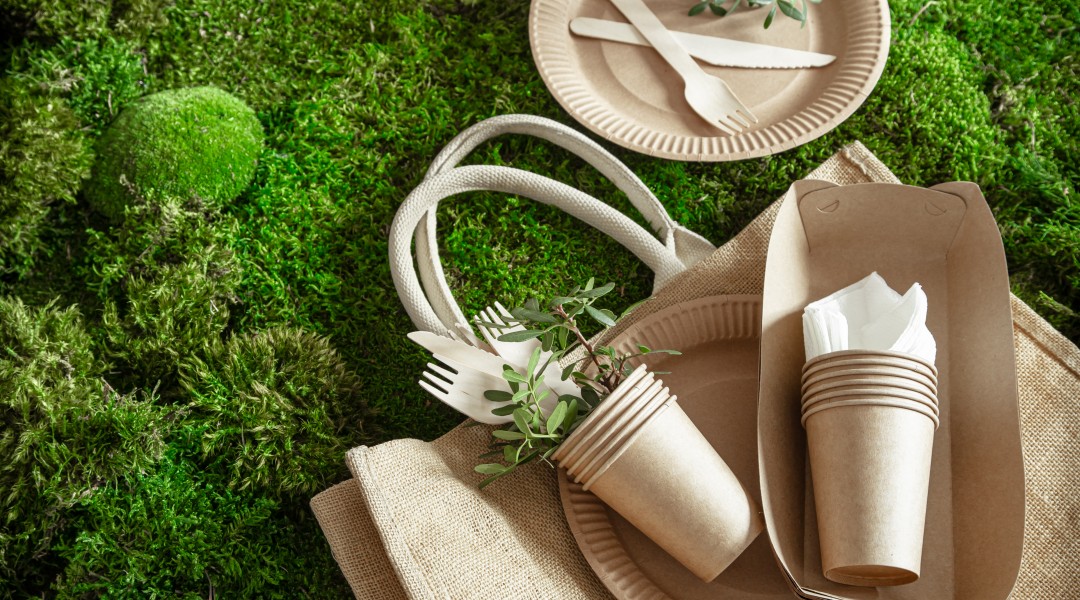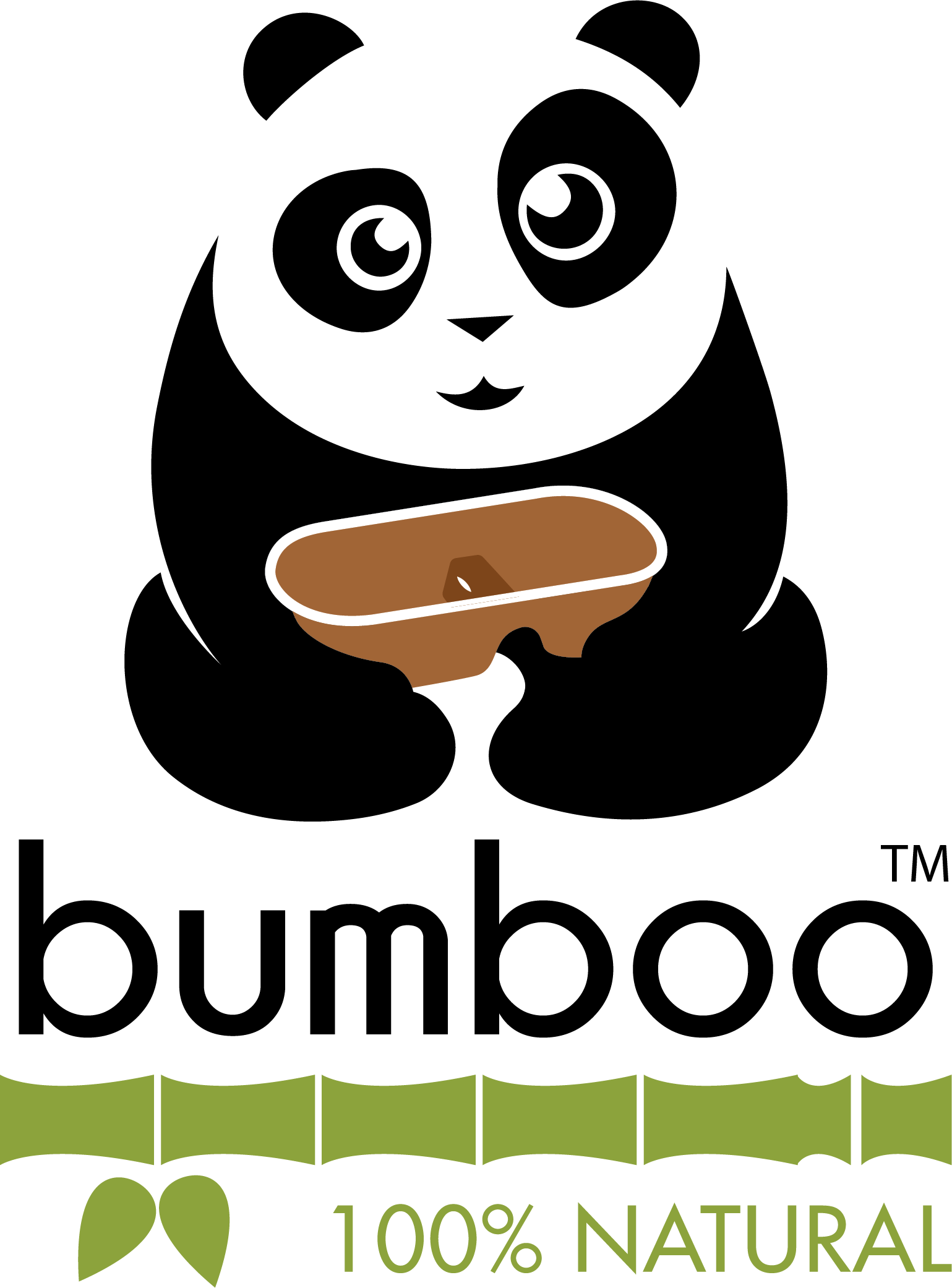07 Feb


For years, the question of sustainability in food packaging has been met with furrowed brows and hesitant wallets. While consumers voiced their desire for eco-friendly options, the perceived price premium often overshadowed good intentions. But the tide is turning, and plant-based packaging is emerging as a clear winner, not just for the planet, but increasingly for consumer preferences.
Breaking the Myth: Willingness to Pay is Climbing
While affordability remains a concern, studies reveal a shift in consumer behavior. A 2023 McKinsey report found that 70% of global consumers are willing to pay a premium for sustainable packaging, with Gen Z leading the charge at 83%. This translates to real purchasing power, with the global sustainable packaging market projected to reach a whopping $331.4 billion by 2026.
Plant Power: The Rise of Fiber-Based Packaging
Among sustainable options, plant-based packaging shines brightly. A 2022 Smithers Pira report suggests that the global market for fiber-based food packaging will grow at a CAGR of 6.2% from 2022 to 2027, outpacing other sustainable alternatives like bioplastics. This growth is fueled by several factors:
1. Biodegradability and compostability: Unlike traditional plastics, plant-based packaging breaks down naturally, reducing landfill waste and microplastic pollution.
2. Renewable resources: Plant fibers like sugarcane bagasse and bamboo are readily available and replenishable, unlike fossil fuel-based plastics.
3. Improved functionality:* Advancements in technology have led to plant-based packaging that rivals the performance of traditional options in terms of moisture resistance, barrier properties, and shelf life.
Winning Over Wallets with Transparency and Value
Consumers are no longer satisfied with mere claims of sustainability. They crave transparency and tangible benefits. Brands that effectively communicate the environmental impact of their packaging choices, highlighting the use of renewable resources and biodegradability, resonate with eco-conscious buyers. Additionally, emphasizing the value proposition, such as longer shelf life or improved product freshness, can further bridge the price gap.
The Future is Green (and Plant-Based)
A 2023 Tetra Pak study revealed that 63% of consumers are willing to switch brands if they offer more sustainable packaging. As environmental concerns escalate and sustainable practices become mainstream, this number is only expected to rise.
The takeaway?
Eco-friendly food packaging, particularly plant-based options, is not just a feel-good trend; it's a smart business decision. By prioritizing sustainability and transparent communication, brands can win over eco-conscious consumers and contribute to a healthier planet, one package at a time.

9 Comment(s)
This makes sense. There is a lot of competition now, and consumers are asking companies to do more. We see it a lot in floral delivery, where packaging has virtually disappeared in flower shops.
FOOD PRODUCT PACKAGING REQUIREMENTS SEND SAMPLE FIRST
POONAM SOLANKI
9924502436
Merely a smiling visitant here to share the love (:, btw outstanding style.
Hey There. I found your blog using msn. This is a very well written article. I’ll be sure to bookmark it and come back to read more of your useful info. Thanks for the post. I’ll definitely return.
Thankyou for this wondrous post, I am glad I observed this website on yahoo.
I might point out in which it is a a fantastic submit of your fantastic particular person, now i'm pleased to notice this kind of.
Excellent Submit, I will be a huge believer inside submitting feedback about web sites to be able to allow the website copy writers understand that they’ve extra one thing useful to be able to the net!
Awesome and interesting article. Great things you've always shared with us. Thanks. Just continue composing this kind of post.
nice post, keep up with this interesting work. It really is good to know that this topic is being covered also on this web site so cheers for taking time to discuss this!
Leave a Comment